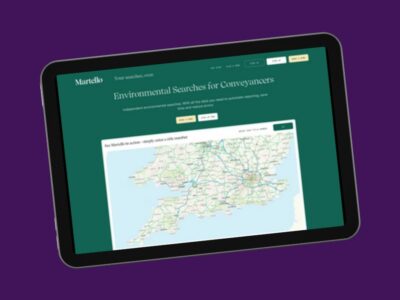What is a Flood Risk Assessment?
A Flood Risk Assessment (FRA) takes into account the risk and impact of flooding on the site and considers how the development may affect flooding in the local area. It also provides recommendations as to how the risk of flooding to the development can be mitigated.
The National Planning Policy Framework (NPPF) and Planning Practice Guidance (PPG) have been developed to provide specific support for architects, land surveyors and developers. Section 10 of the PPG covers ‘Meeting the challenge of climate change, flooding and coastal change’.
It highlights that ‘Inappropriate development in areas at risk of flooding should be avoided by directing development away from areas at highest risk. Where development is necessary, it is important to make it safe without increasing flood risk elsewhere.’
What is the purpose of a Flood Risk Assessment?
So, an FRA should demonstrate the site will be safe, both now and in the future, taking into account the effects of climate change and the vulnerability of the type of development proposed.
Climate change predictions indicate significant increases in peak river flows and rainfall going forward over the coming decades. These allowances need to be weighed against the purpose for the site and how sensitive it will be to flooding. Residential housing is considered to be more vulnerable than commercial development.
It is an essential part of the site quality assessment and planning submission process and is usually a key requirement by the Local Planning Authority
What Should a Flood Risk Assessment include?
An FRA should take into account information about the existing and proposed development, the Environment Agency modeled flood zones and topography of the site. At its most simple level, an FRA can provide an indication of whether a development will be allowed to take place at a site.
They consist of a detailed analysis of available data of flood risk at an individual site and can also recommend to the developer any flood mitigation measures. More detailed analysis of flood risk to account for highly localised variations can be undertaken. The Environment Agency’s flood zones do not always take full account of these.
FRAs should also consider flooding from all sources including pluvial (surface water from rainfall) fluvial (river flooding), groundwater, estuary/coastal and sewer flooding.
Understanding the sources of flooding will allow appropriate flood mitigation measures to be designed.
Getting Help
GeoSmart’s FloodSmart reports provide clear and pragmatic advice regarding the nature and potential significance of flood hazards which may be present.
Our consultants assess available data to determine the level of risk based on professional judgement and years of experience.
To find out how GeoSmart could help you with a flood risk assessment on your site, call us on 01743 581 415 or email us at enquiries@geosmartinfo.co.uk



